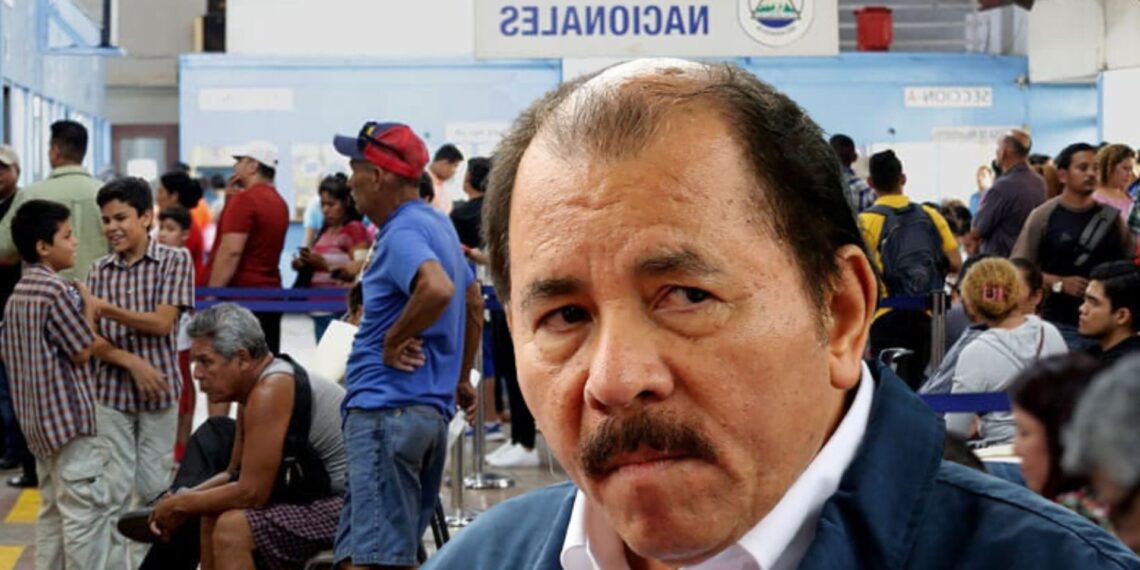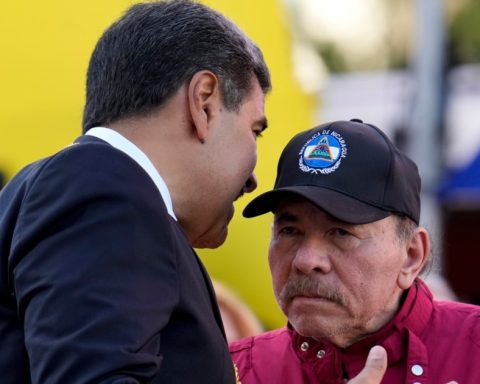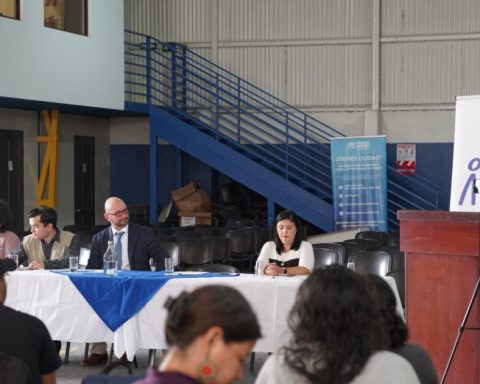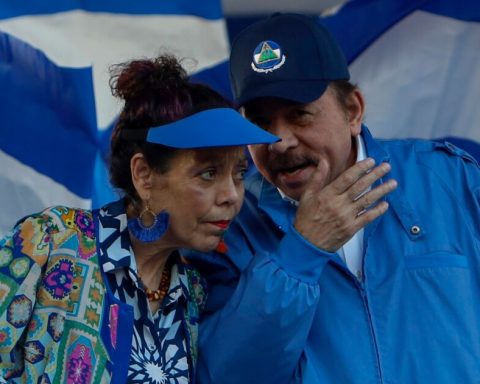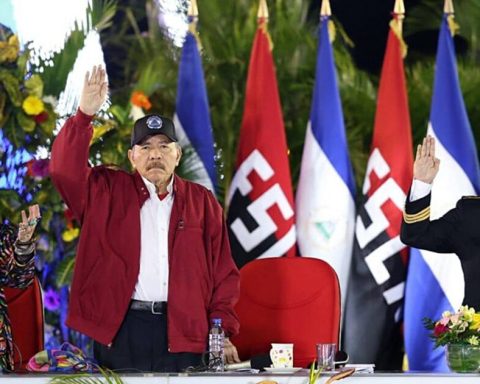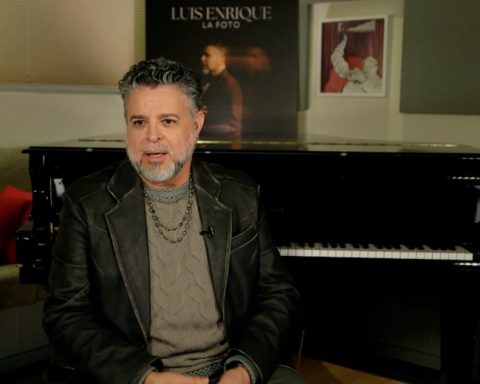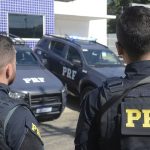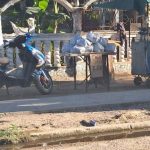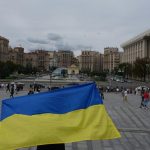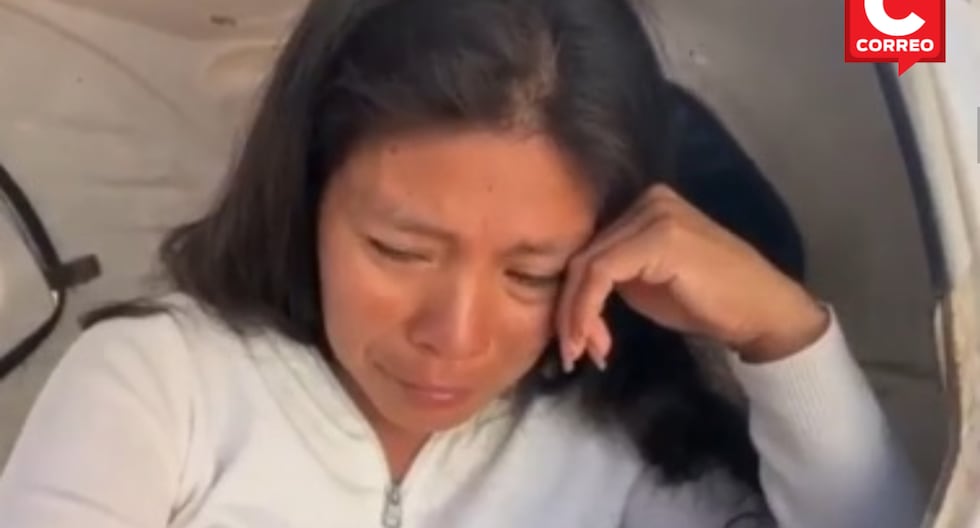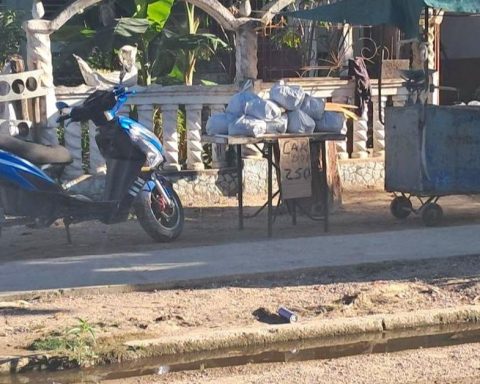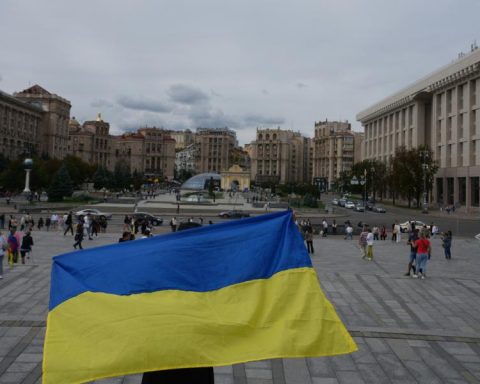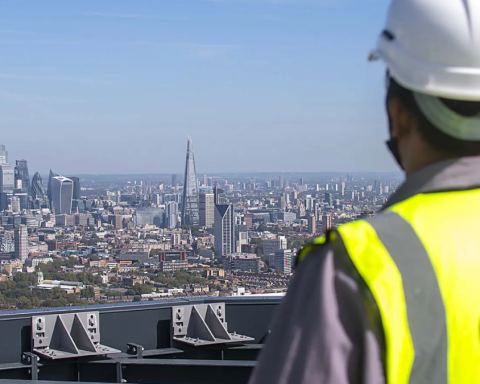Daniel Ortega took over the Nicaraguan government on July 19, 1979. He did so at gunpoint, violently and as part of an armed insurrection that promised to free the country from a dictatorship, that of the Somoza dynasty.
It was a revolution that had the support of a high percentage of Nicaraguans, who repudiated the old tyranny for being abusive, corrupt and criminal, because it aspired to remain in power through fraud and because it had no qualms about assassinating its rebels.
Ortega was part, first, of the so-called Government Junta of National Reconstruction, which was initially led by 12 people, including guerrilla commanders, professionals, intellectuals, businessmen and some relevant anti-Somoza figures. Later, the Government Junta was closed and the guerrillas became stronger in command. The most radical remained and began to show signs of authoritarianism and corruption.
Ortega had been appointed coordinator of the Governing Board, and his brother, Humberto Ortega, was the head of the Army. Discontent began and the “revolutionary” government began to persecute its critics and accuse those who opposed it of being “Somocistas” or “agents of the CIA,” the Central Intelligence Agency of the United States.
As resistance to the new regime of the 1980s grew, so did persecution. Sandinismo became a kind of appendage of the Castro dictatorship in Cuba, with its systems of espionage, control, persecution and tactics of social subjugation. At the same time, it carried out an onslaught of confiscations and destruction of the country’s economy, which was exacerbated by the imposition of an international financial blockade promoted by the United States.
As the consolidation of an armed, repressive, persecutory and totally controlling dictatorship advanced, the opposition movement, identified as the Counterrevolution, grew stronger. This resistance was made up of former military personnel from Somoza’s Guard (Army), but also included businessmen, intellectuals, politicians and local leaders.
This resistance quickly turned to armed struggle, and its forces were mostly peasants who were convinced that weapons would overthrow the Sandinista regime. The Contras, as this irregular army was known, were militarily financed by the United States. The perfect pretext for the Sandinistas to describe the insurgency as a force created by “North American imperialism” and to portray themselves as victims before the world in order to stir up violence and justify the promulgation of the Law of Patriotic Military Service.
Although the government already had total control over the armed institutions, to confront the rebels it needed to reinforce its apparatus of violence. This law was a mandatory method of recruiting young people between the ages of 18 and 40 to send them to die or kill in the mountains, where the Contras had settled.
That was the beginning of the first great exodus of Nicaraguans. During that period, more than 200,000 compatriots fled the country because of the civil war between the Sandinistas and the Contras. Thousands of young people either fled or were taken to die in the mountains. Most of these compatriots left everything they had behind and had to flee, mainly to the United States.
Related news: Ortega, the opportunist who promotes the migration of Nicaraguans to take advantage of remittances
But there were other reasons why Nicaraguans fled the country. The economic blockade, which destroyed any possibility for Nicaraguans to develop. The war of the 1980s left more than 50,000 dead and an economy in ruins.
Ortega in the 1990s: Destabilization, violence and chaos
When Daniel Ortega lost power in 1990 to Violeta Barrios de Chamorro, he accepted his defeat and handed over the presidential chair, but issued a furious warning: “We are going to govern from below.” This meant, first, the massive theft of properties that had initially been confiscated from businessmen and exiled citizens; and later, it meant fierce violent opposition in the streets with his militants, many of whom had experience in armed actions because they had completed military service and had been retired by the new government.
In addition, Ortega gathered his forces in government workers’ unions, transport workers, labor unions, students and any social movement that he could manipulate to encourage them to exert pressure for mobilization and violence against the State. He maintained this method during the three democratic governments (1990-2001). These were the years of destabilization. It was a cruelty against the country, in order to show the rulers as weak.
2018, Ortega again motivates exodus
After the civic uprising in 2018, a new episode of mass exodus of Nicaraguans arose, again with Daniel Ortega in power, to which he returned in 2007.
In this episode, more than 804 thousand Nicaraguans have fled repression, torture, harassment and imprisonment for political reasons until December 2023. Ortega also reimposed confiscations that have meant the loss of thousands of jobs. In the 80s he damaged the State and this month, he announced that there will be massive layoffs; in other words, the shadow of the ruins haunts his regime again.
